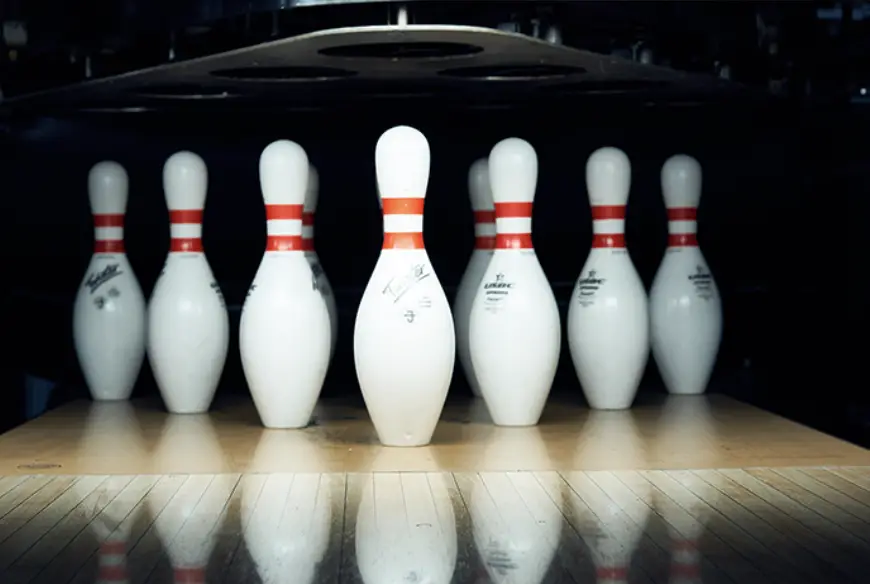
Pin Count: Unveiling the Anatomy of a Bowling Lane
Bowling is a timeless and engaging sport that brings friends and families together for a friendly competition. At the heart of every game lies a set of pins, waiting to be toppled by the skillful roll of a bowling ball. In this blog post, we’ll explore the fascinating world of bowling pins, from their history and arrangement to the strategies that players employ to knock them down.
1. The Classic Setup: In traditional tenpin bowling, the most common form of the sport, a total of ten pins are arranged in a specific formation at the end of a bowling lane. The pins are positioned in a triangular pattern, with one pin in the front row, two pins in the second row, three pins in the third row, and four pins in the back row. This arrangement is commonly referred to as a “pin triangle.”
2. The Role of the Headpin: The headpin, also known as the “1-pin,” stands at the forefront of the triangular formation. It serves as the primary target for bowlers aiming to initiate a chain reaction that knocks down the remaining pins. Hitting the headpin at the right angle and with enough force is key to achieving a successful strike.
3. Scoring System: In bowling, players aim to knock down all ten pins with each roll of the ball. The scoring system awards points based on the number of pins knocked down in each frame. Knocking down all ten pins with the first roll (a strike) results in bonus points for the next two rolls, while knocking down all ten pins in two rolls (a spare) leads to bonus points for the next roll. The scoring system adds a layer of strategy and excitement to the game.
4. Variations in Pin Count: While tenpin bowling is the most popular and recognized form of the sport, variations exist with different pin counts. Ninepin bowling, for example, features nine pins arranged in a diamond pattern, while candlepin bowling uses thin, cylindrical pins that are smaller and lighter than the standard tenpin pins. The specific pin count can influence the gameplay and strategies used by bowlers.
5. Bowling Techniques: The arrangement of pins influences bowlers’ strategies and techniques. Aiming for the pocket—a space between the 1-pin and the 3-pin for right-handed bowlers (or between the 1-pin and the 2-pin for left-handed bowlers)—maximizes the chances of initiating a successful pin reaction. Understanding the pin arrangement helps bowlers adjust their approach, release, and spin to achieve the desired results.
6. A Symbol of Unity: Bowling pins are more than just inanimate objects; they represent the spirit of camaraderie and competition that defines the sport. Knocking down pins becomes a shared experience that elicits cheers, high-fives, and friendly banter among players, making every frame a memorable moment.
Conclusion: As you step up to the approach, ball in hand, the pin count before you takes on new significance. The arrangement of ten pins in the classic triangular pattern embodies the challenge and excitement of bowling. Whether you’re aiming for a strike, strategizing for a spare, or simply enjoying the thrill of the game, the arrangement of bowling pins transforms the lane into a dynamic canvas where skill and precision intersect. So, take your shot, watch the pins scatter, and savor the joy of knocking down those ten pins—one frame at a time.






